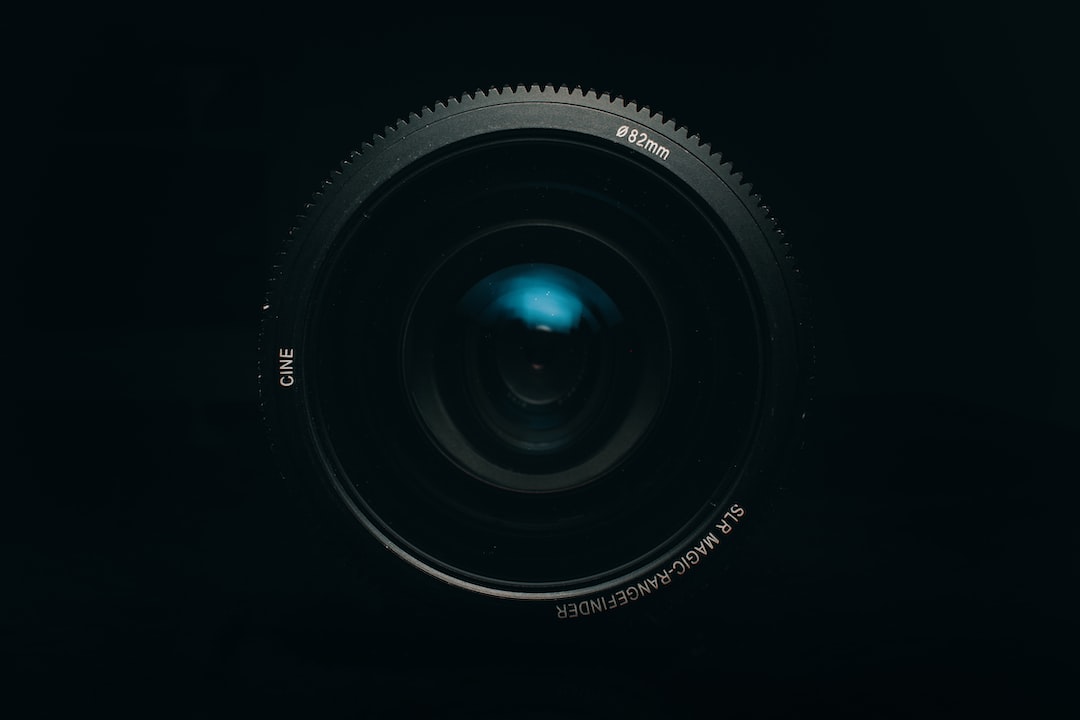Future Trends in Production: From AI to IoT
The world of production is continuously evolving, driven by technological advancements and the quest for efficiency and productivity. In recent years, two significant trends have emerged in this field: Artificial Intelligence (AI) and the Internet of Things (IoT). With their potential to revolutionize various aspects of production, it is crucial to explore how these technologies are shaping the future of manufacturing processes.
Artificial Intelligence, or AI, refers to the simulation of human intelligence in machines. Its applications in production are vast and varied, ranging from automation and predictive maintenance to supply chain optimization. One of the key advantages of AI lies in its ability to collect and analyze vast amounts of data, enabling manufacturers to make data-driven decisions and improve operational efficiency.
One area where AI is making a significant impact is automation. Traditionally, production lines were operated by human workers, which could be time-consuming and prone to errors. With AI-powered systems, machines can be trained to perform complex tasks with precision and consistency. This not only boosts productivity but also reduces the risk of errors and accidents, making the production process safer and more efficient.
Another aspect of AI in production is predictive maintenance. By analyzing data from sensors and machines, AI algorithms can predict when a machine is likely to fail or require maintenance. This allows manufacturers to schedule maintenance activities proactively, minimizing downtime and preventing unexpected breakdowns. As a result, production processes become more reliable and cost-effective.
The Internet of Things, or IoT, refers to the network of physical devices connected to the internet, enabling them to share and exchange data. In production, IoT devices can provide real-time data on various parameters such as temperature, humidity, and energy consumption. This data can then be used to monitor and optimize the production process, leading to enhanced efficiency and reduced costs.
One of the significant benefits of IoT in production is the ability to collect and analyze real-time data. This enables manufacturers to track the performance of machines, identify bottlenecks, and make informed decisions to optimize production. For example, if a machine is operating below its optimal efficiency, IoT devices can detect this and trigger an alert for further investigation or adjustment.
IoT devices also facilitate remote monitoring and control of production processes. Manufacturers can access real-time data and monitor operations from anywhere, enabling them to respond quickly to any potential issues. This enhances flexibility and allows for efficient management of resources and time.
Furthermore, IoT can enable predictive maintenance by continuously monitoring the condition of machines. By analyzing data on factors such as temperature, vibration, and energy consumption, manufacturers can predict when a machine is likely to fail or require maintenance. This proactive approach not only reduces downtime but also extends the lifespan of machines and equipment.
In conclusion, the future of production is being shaped by the convergence of AI and IoT technologies. From automation and predictive maintenance to real-time data analysis and optimization, AI and IoT are transforming the way manufacturing processes are carried out. As these technologies continue to advance, we can expect to see further improvements in efficiency, productivity, and sustainability in the production industry. Embracing these trends can give manufacturers a competitive edge and pave the way for a more connected and intelligent future of production.


